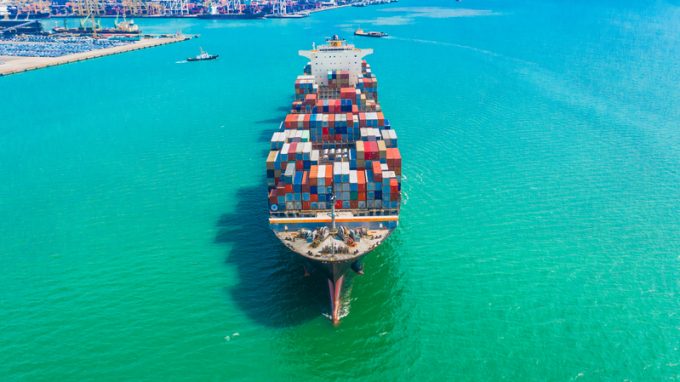Global trade volumes – strategy? WTF
Silver lining sought

There has been a significant spike in carrier short-term container rate quotes from Asia to North Europe this week, as rollovers become the norm.
According to eeSea data, ocean carriers on the route have withdrawn 28% of their headhaul sailings this month and reports from local agents suggest ships from China are sailing full, resulting in rollovers of non-VIP cargo.
Indeed, a local agent source told The Loadstar MSC had hiked its Shanghai to Felixstowe rate, valid until 30 May, by 20%, to ...
Trump tariffs see hundreds of cancelled container bookings a day from Asia
'To ship or not to ship', the question for US importers amid tariff uncertainty
'Disastrous' DSV-Schenker merger would 'disrupt European haulage market'
'Chaos after chaos' coming from de minimis changes and more tariffs
Forto 'sharpens commercial priorities' as it lays off one-third of staff
List of blanked transpac sailings grows as trade war heats up and demand cools
EC approves DSV takeover of DB Schenker
Overcapacity looms for ocean trades – with more blanked sailings inevitable
Amazon Air’s metamorphosis: 'a different air cargo unit from two years ago'
Shippers in Asia restart ocean shipment bookings – but not from China
India withdraws access for Bangladesh transhipments, in 'very harmful' decision
'Tariff hell' leaves industries in limbo – 'not a great environment to plan'

Comment on this article